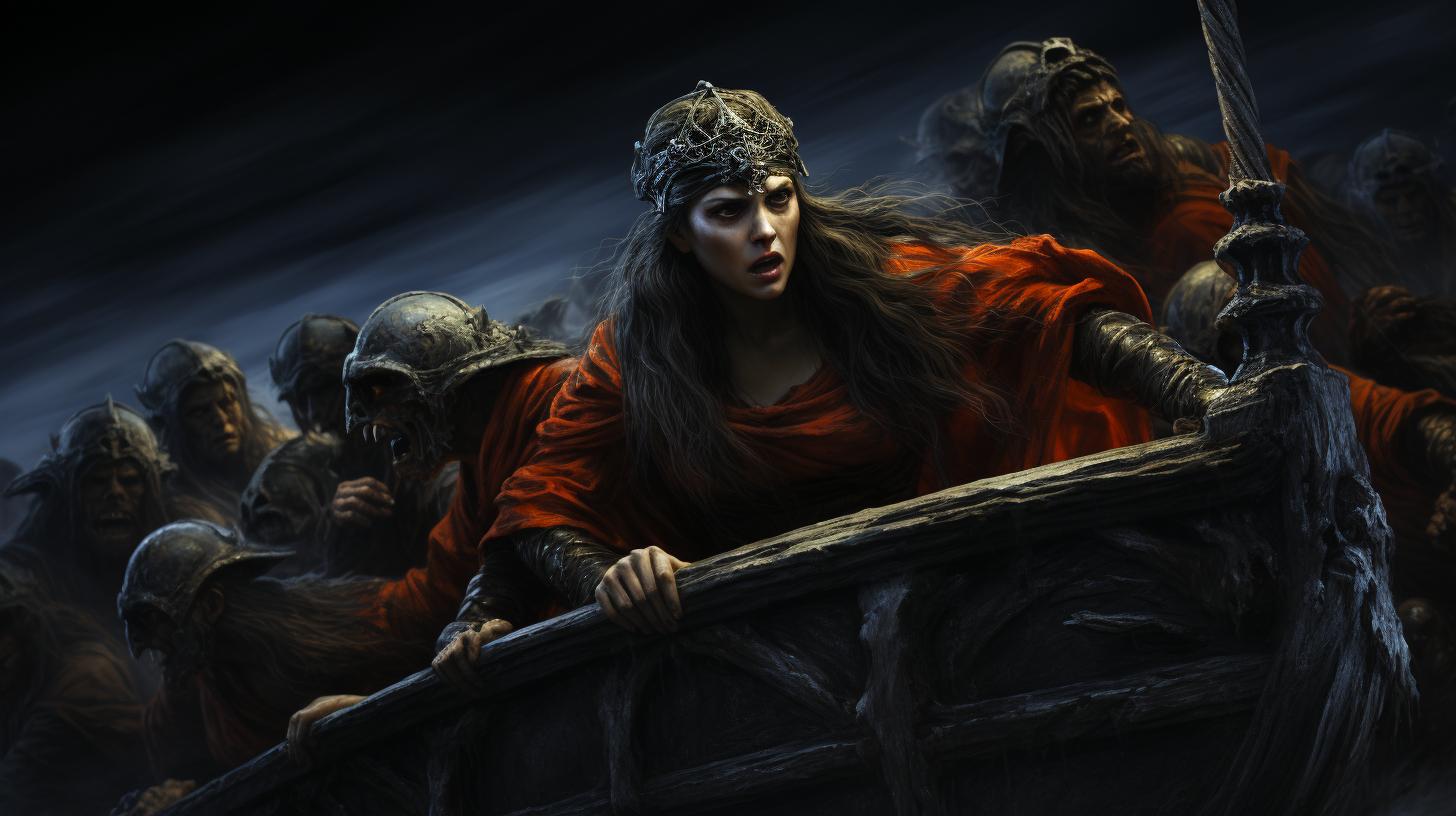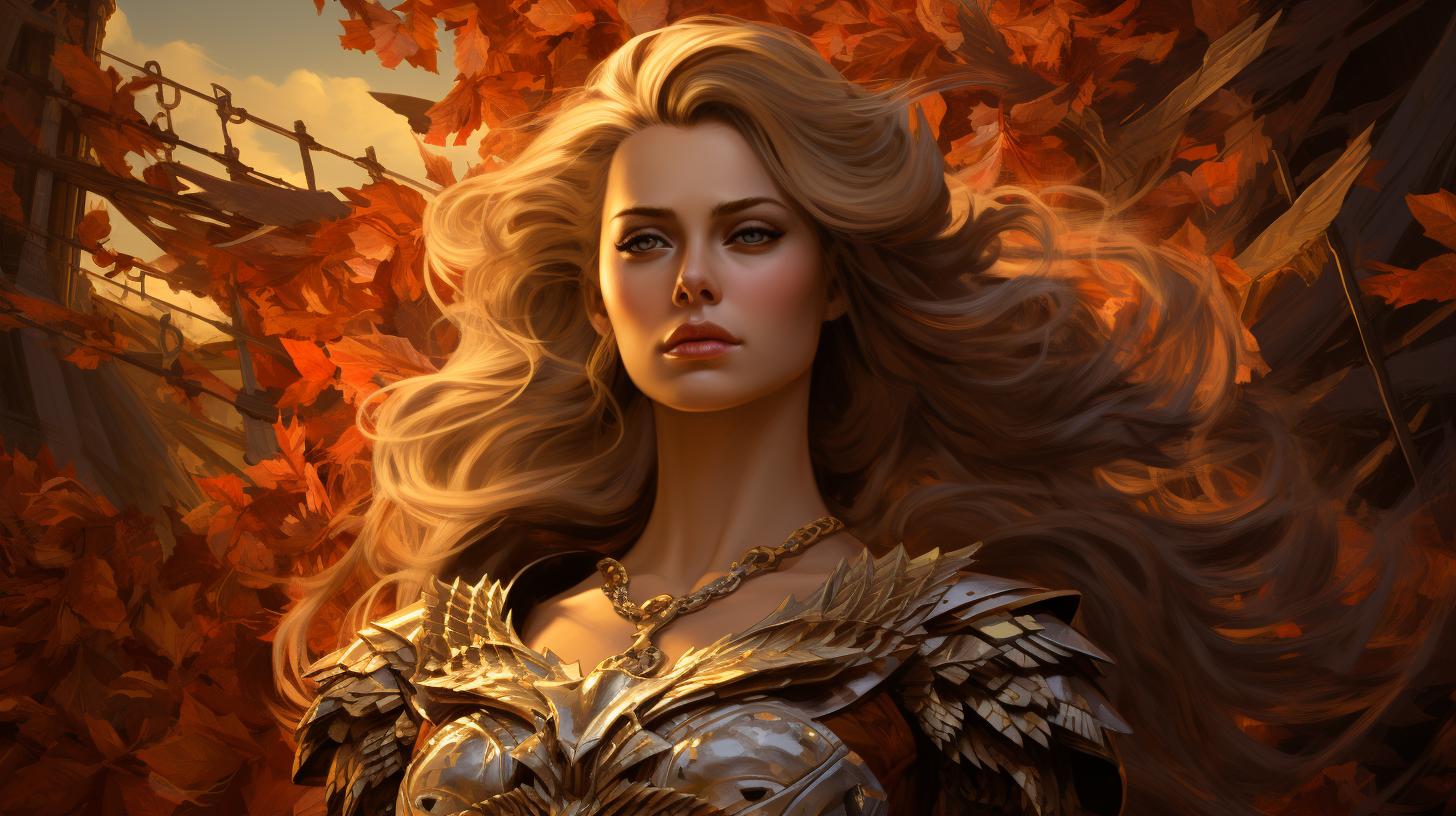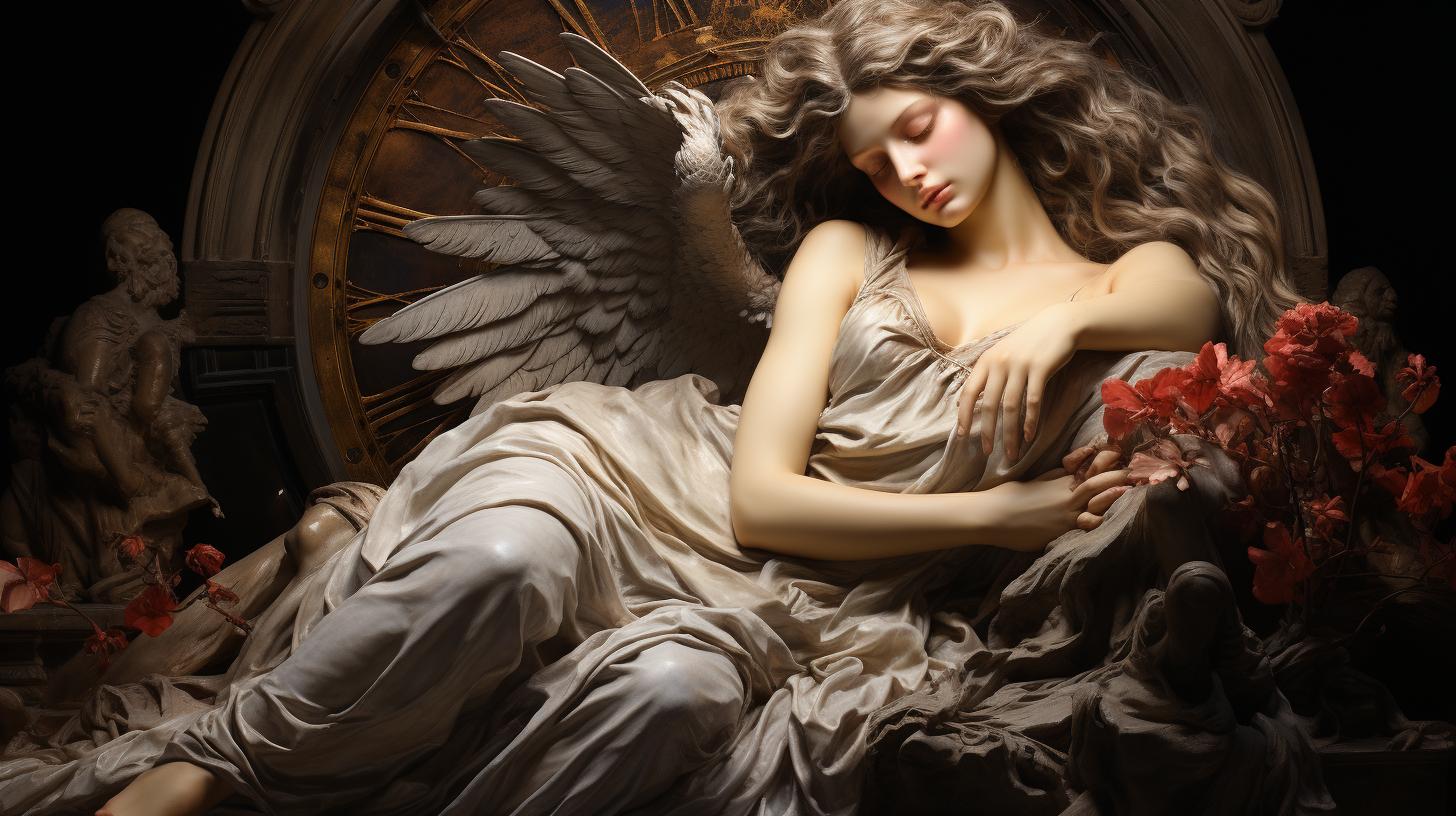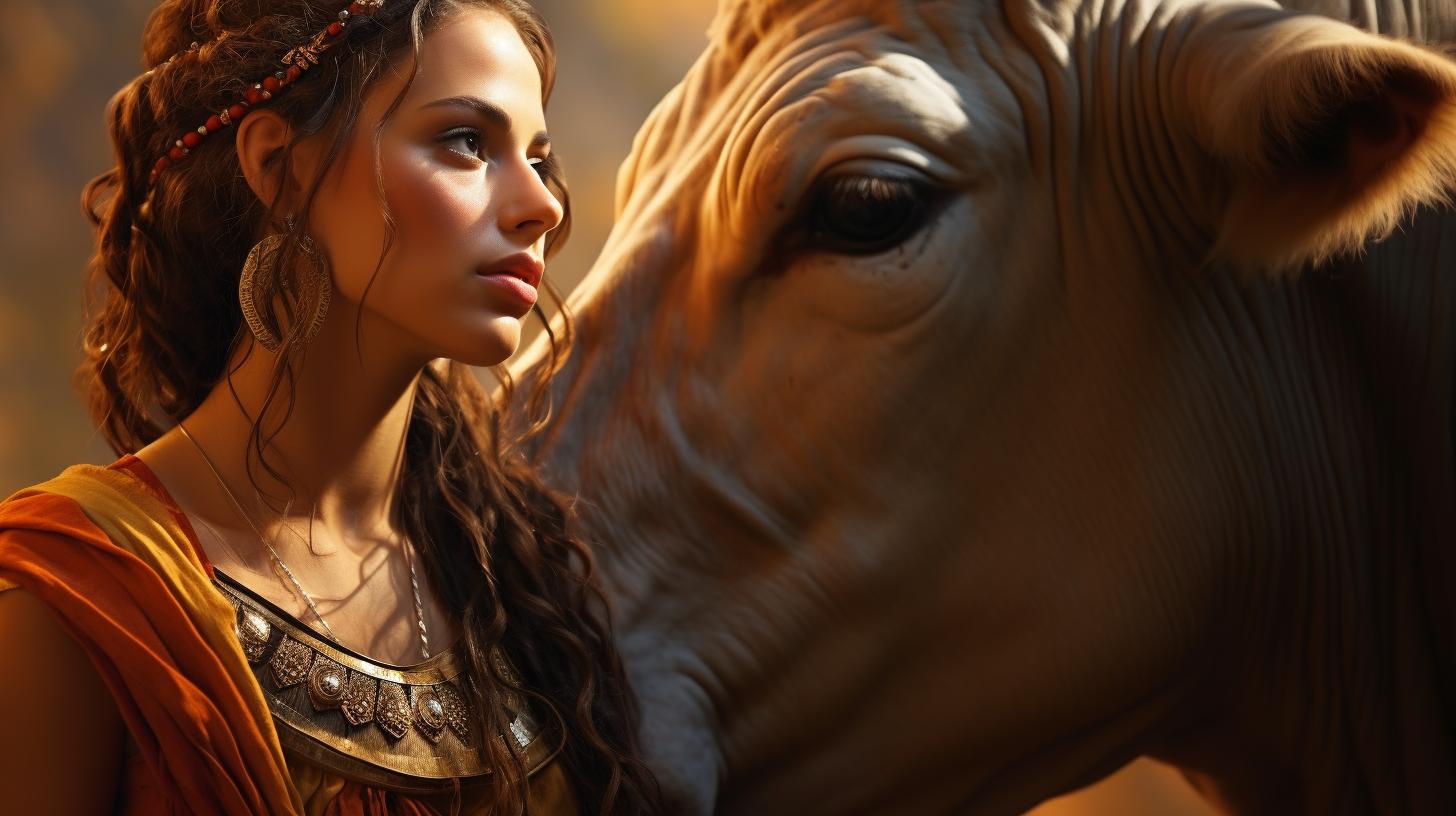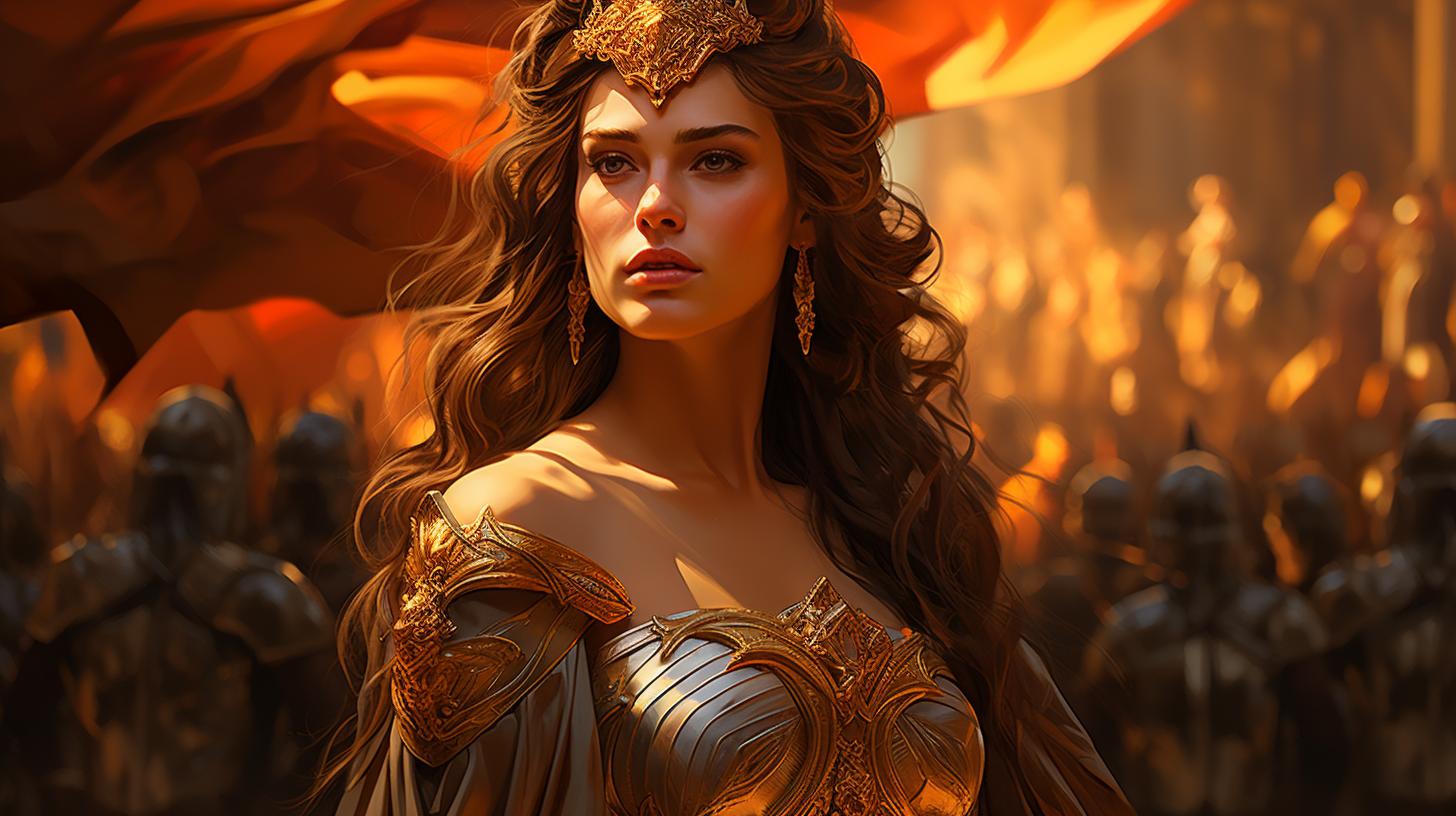Greek Mythology Minos: Exploring the Legendary King of Crete

Greek mythology Minos is a captivating topic that delves into the tales of this legendary figure. Known as the King of Crete, Minos holds a significant role in Greek mythology.
From the myth of the Minotaur to his love story with Ariadne, Minos’ intriguing narrative continues to captivate. This article provides an overview of Minos’ origins, his construction of the Labyrinth, and his encounters with Theseus and the Minotaur. Additionally, it explores the connections to other Greek myths, depicts Minos in ancient art and literature, and unveils the enigma of his legacy in Cretan culture.
Greek Mythology Minos: An Overview
In this section, we will delve into the fascinating world of Greek mythology and explore the legendary figure of King Minos of Crete. Through the myth of Minos, we will uncover his origins, background, and the significant role he played in Greek mythology.
The Myth of Minos
The myth of Minos tells the captivating story of a powerful king who was beloved by the gods. According to legend, Minos was the son of Zeus and Europa, making him of divine lineage.
This divine heritage bestowed upon him extraordinary power and wisdom.
Origins and Background
Minos hailed from the island of Crete, which was known for its rich cultural heritage and dominance in the ancient world. Crete was home to the Minoan civilization, and Minos, as its king, held great influence and authority over the island.
Role of Minos in Greek Mythology
Minos was not only a powerful king but also a shrewd diplomat and a wise lawmaker. His reign was marked by peace and prosperity, as he maintained strong diplomatic relations with neighboring kingdoms.
Additionally, he was renowned for establishing a fair and just legal system, which earned him great respect among his subjects and other rulers.
As a key figure in Greek mythology, Minos played a pivotal role in numerous tales and legends.
He is most famously associated with the myth of the Minotaur and the construction of the labyrinth. His encounters with the hero Theseus and the love story involving his daughter Ariadne further showcase his significance within Greek mythology.
In the following sections, we will explore in detail the intriguing aspects of Minos’ life, including his involvement with the Minotaur and the labyrinth, his interactions with Theseus, and the love story of Minos and Ariadne. We will also uncover the connections and influences of Minos in other Greek myths, his representations in ancient art and literature, and his lasting legacy in Cretan culture.
Minos and the Labyrinth
In Greek mythology, the labyrinth is a structure of great significance, and it is closely associated with King Minos of Crete. This section explores the fascinating story of the labyrinth and its connections to Minos and the Minotaur.
The Birth of the Minotaur
The labyrinth came into existence due to an extraordinary birth. It is said that Minos’ wife, Pasiphae, fell under the spell of a curse from the god Poseidon. As a result, she gave birth to a creature known as the Minotaur — a half-human, half-bull hybrid.
This monstrous being was confined within the labyrinth’s walls, a creature that struck fear into the hearts of all who encountered it.
Construction of the Labyrinth
To contain the Minotaur and ensure its isolation, Minos commanded the construction of an intricate and impenetrable labyrinth. This labyrinth, designed by the renowned architect Daedalus, was a complex maze with bewildering corridors and dead ends, making it nearly impossible for anyone to navigate without getting lost.
The construction of such a marvel not only showcased Minos’ power and wealth but also served as a testament to his determination to control the Minotaur and maintain order in Crete.
Minos’ Rule and the Minotaur’s Imprisonment
During his reign, Minos enforced strict laws and demanded tributes from conquered lands. These tributes came in the form of young men and women, who were sent to Crete as sacrifices to feed the Minotaur. Theseus, a heroic figure from Athens, eventually arrived in Crete and, with the help of Minos’ daughter Ariadne, successfully navigated the labyrinth and defeated the Minotaur. This marked the end of Minos’ rule and the eventual demise of the fearsome Minotaur.
The tale of Minos and the labyrinth remains a captivating and enduring myth, demonstrating the power and complexities of Greek mythology. It highlights the triumph of heroes over monstrous creatures and showcases the ingenuity and architectural prowess of the ancient world.
Theseus and the Minotaur
Theseus, a valiant hero from Athens, embarked on a perilous journey to Crete, seeking to assassinate the terrifying Minotaur that resided within the dreaded Labyrinth.
Theseus’ Journey to Crete
Theseus set sail for Crete under the orders of his father, King Aegeus. Alongside a group of young Athenian tributes, he braved the treacherous waters of the Aegean Sea, arriving at the island of Crete determined to fulfill his mission.
The Battle with the Minotaur
Armed with his sharp sword and unwavering courage, Theseus confronted the monstrous Minotaur within the winding maze of the Labyrinth. A fierce battle ensued, testing his mettle and resourcefulness.
In the end, Theseus emerged victorious, slaying the fearsome creature and liberating Athens and Crete from its terror.
The Role of Ariadne
Ariadne, the daughter of King Minos, played a crucial role in Theseus’ quest. She fell deeply in love with him and provided a vital tool to aid him in navigating the perplexing Labyrinth: a magical thread that allowed him to find his way back to safety.
Thanks to Ariadne’s assistance, Theseus succeeded in his mission, and their intertwining destinies held lasting implications for both.
The Love Story of Minos and Ariadne
The love story between Minos and Ariadne is a captivating tale woven into Greek mythology. Ariadne, the daughter of King Minos, played a significant role in the events surrounding the Minotaur and Theseus. Let’s delve into the various aspects of their story.
Ariadne’s Role in Greek Mythology
Ariadne, a princess of Crete, is known for her pivotal role in aiding Theseus and her association with the Minotaur’s labyrinth. She is often portrayed as a compassionate and intelligent character.
Ariadne’s Assistance to Theseus
When Theseus arrived in Crete to confront the Minotaur, Ariadne fell deeply in love with him. In an act of bravery and devotion, she offered her assistance by providing him with a ball of thread to navigate the labyrinth and a sword to slay the fearsome creature.
The Abandonment on Naxos
After Theseus successfully defeated the Minotaur, he and Ariadne planned to escape together. However, tragedy befell their love story when Theseus abandoned Ariadne on the island of Naxos, under circumstances still shrouded in mystery.
- Did Theseus truly abandon Ariadne, or was there a twist to their tale?
- What were the consequences of this abandonment?
This chapter explores the intricate details and lingering questions surrounding the love story of Minos and Ariadne, a tale that continues to captivate audiences to this day.
The Death of the Minotaur and Minos’ Fate
The story of the Minotaur reaches its climactic conclusion with the heroic deeds of Theseus and the tragic fate of King Minos. This section explores the events surrounding the death of the fearsome creature and the subsequent punishment and legacy of Minos.
Who Killed the Minotaur
In a daring quest, Theseus ventured into the notorious Labyrinth and successfully slayed the Minotaur, freeing Athens from the annual sacrifice of its youths. Armed with the guidance of Ariadne and a sword given by his father, Poseidon, Theseus emerged victorious in his mission.
Minos’ Punishment by the Gods
The gods, angered by Minos’ arrogance and disregard for their will, delivered their divine justice. Poseidon punished him with a devastating plague that ravaged the island of Crete. This calamity not only claimed the lives of many Cretans but also incapacitated Minos, causing him immeasurable suffering.
Minos’ Legacy and Aftermath
The death of the Minotaur marked a turning point in Minos’ reign. Though his rule was marred by tragedy, his legacy endured. Despite the gods’ punishment, Minos’ name remained synonymous with power and authority.
His descendants, known as the Minyans, continued to play prominent roles in Greek mythology and history, shaping the course of events in the Aegean region.
6. Mythological Connections and Influences
Exploring the rich tapestry of Greek mythology, the story of Minos intertwines with various other myths and legends.
These connections shed light on the broader significance of Minos in ancient Greece.
Dionysus and the Cretan Connection
One notable connection is the association between Minos and Dionysus, the Greek god of wine and revelry. According to some myths, Minos became entwined with Dionysus through his encounters with Ariadne, who later became the wife of Dionysus. This connection highlights the interplay between rulership, spirituality, and the transformative power of wine in ancient Cretan culture.
Other Greek Myths associated with Minos
Besides his own compelling tale, Minos appears in various other Greek myths, showcasing his influential role in ancient mythology. Notable mentions include his involvement in the story of Daedalus and Icarus, the myth of Androgeus, and the tale of the Mares of Diomedes.
These narratives further emphasize the enduring legacy of Minos and his impact on Greek mythology.
The Significance of Minos in Ancient Greece
Minos occupies a significant place in ancient Greek culture and history. As the legendary king of Crete, he exemplifies the complex dynamics between mortals and gods, the balance of power, and the intricate workings of the cosmos.
His depiction in art, literature, and oral traditions showcases the enduring fascination with his legendary persona and the enduring influence of Greek mythology.
Unveiling the Enigma: Minos in Greek Art and Literature
Unveiling the enigmatic character of King Minos, Greek art and literature have captured his intriguing persona through various depictions and interpretations.
From ancient artwork to epic poetry, Minos has left an indelible mark on the cultural landscape of ancient Greece. This section unravels the diverse ways in which Minos has been portrayed and the symbolic meanings attached to his presence.
Depictions of Minos in Ancient Art
Ancient Greek art vividly portrays the captivating figure of Minos, showcasing his regal demeanor and divine connections. Sculptures, pottery, and frescoes depict Minos as a powerful ruler with a distinctive crown or holding the symbolic attributes of Crete.
These artistic representations serve as glimpses into the ancient perception of his authority and importance in Greek mythology.
Minos in Literature and Epic Poetry
From the works of famous Greek poets to epic tales, Minos features prominently in the literary realm of ancient Greece. Poets such as Homer and Euripides include Minos in their narratives, highlighting his role as a wise and just leader.
The myths surrounding the construction of the Labyrinth, his encounters with heroes like Theseus, and his relationship with the gods are woven into the tapestry of Greek literature, offering rich insights into his character.
Symbolism and Interpretations of Minos
The enigmatic nature of Minos extends beyond his physical representation, as he carries symbolic weight in Greek mythology. Scholars have analyzed his character as a representation of power, justice, and the intricate balance between mortals and gods.
The labyrinth, the Minotaur, and the intricate complexities of his rule have been subject to various interpretations, reflecting the layers of meaning embedded within the myth of Minos.
Exploring the Cretan Culture and Legacy
Crete: The Land of Minos
Located in the southern part of the Aegean Sea, Crete is a captivating island known for its rich history and mythical connections.
It is the very land where the legendary King Minos ruled over the ancient city of Knossos. Exploring Crete uncovers a world steeped in ancient mythology, where the tales of Minos and his kingdom come to life.
The Minoan Civilization
Central to the narrative of Greek mythology, the Minoan civilization flourished on the island of Crete during the Bronze Age. This advanced and sophisticated society, named after King Minos, left behind a legacy of magnificent palaces, intricate artwork, and a complex religious system.
Unraveling the secrets of the Minoan civilization offers a glimpse into the origin and influence of the mythological figure, Minos.
Contemporary Influences and References to Minos
- Art and Sculpture: Even in contemporary art, the legacy of Minos can be found in various depictions of Greek mythology. Artists continue to draw inspiration from the tales of Minos and the labyrinth, immortalizing these stories through their artistic creations.
- Literature and Film: From classic works of literature to modern-day films, the influence of Minos can be seen in various adaptations and interpretations.
Authors and filmmakers continue to explore the enigmatic character of Minos, weaving his mythological threads into compelling narratives.
- Cultural Symbolism: The figure of Minos has become deeply ingrained in Greek culture and beyond.
His name often symbolizes power, authority, and a complex moral character, provoking thought and stimulating discussions about the human condition.
As we immerse ourselves in the exploration of Crete’s culture and its connection to Minos, we gain a deeper understanding of the impact of Greek mythology on both the past and the present.
The myths surrounding Minos continue to shape our collective imagination, reminding us of the enduring power of ancient tales.
.












